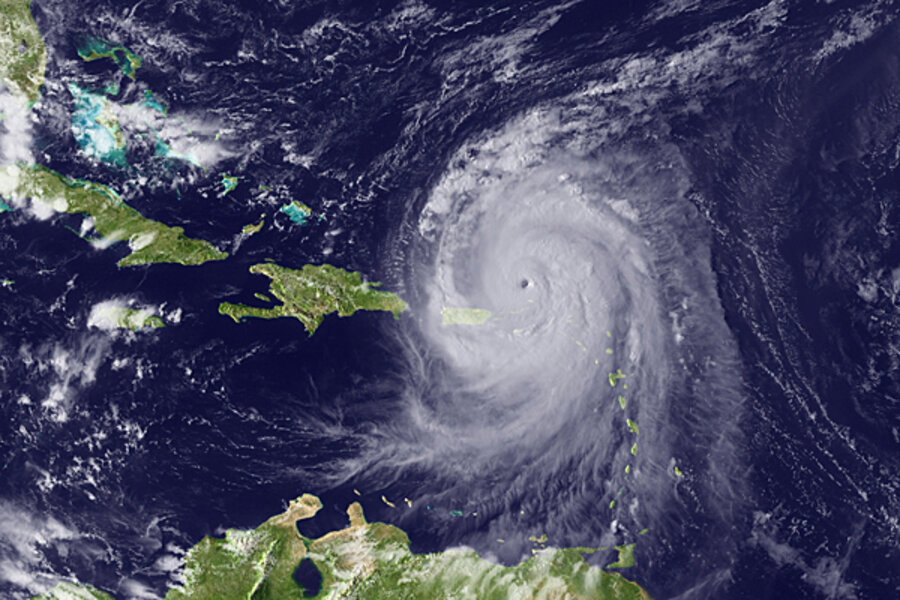To be prepared, you need to be informed about the path of hurricane Earl, as well as the terms that classify the severity of hurricanes. Follow media reports and National Weather Service updates about the storm’s location.
Since this is – for the moment – an offshore storm, when and if hurricane Earl will make landfall is unknown. The storm is expected to create rip currents, which are strong currents traveling away from the shore.
Dennis Michalski, director of Public Information for the New York State Division of Homeland Security, recommended that New Yorkers stay tuned to local media with battery operated radios in the case of electricity loss.
Hurricanes are scaled Category 1 through 5. As of Wednesday morning, hurricane Earl is a Category 3 hurricane with peak 125 m.p.h. winds. Potential damage from the storm includes trees falling, the road closures, roof damage, and destruction of coastal homes. A hurricane watch is announced 48 hours prior to the storm’s possible arrival; in a hurricane warning, local officials expect the storm and could evacuate certain areas.
A hurricane watch was issued for the North Carolina coast Tuesday night, and officials have already ordered the evacuation of two islands.





